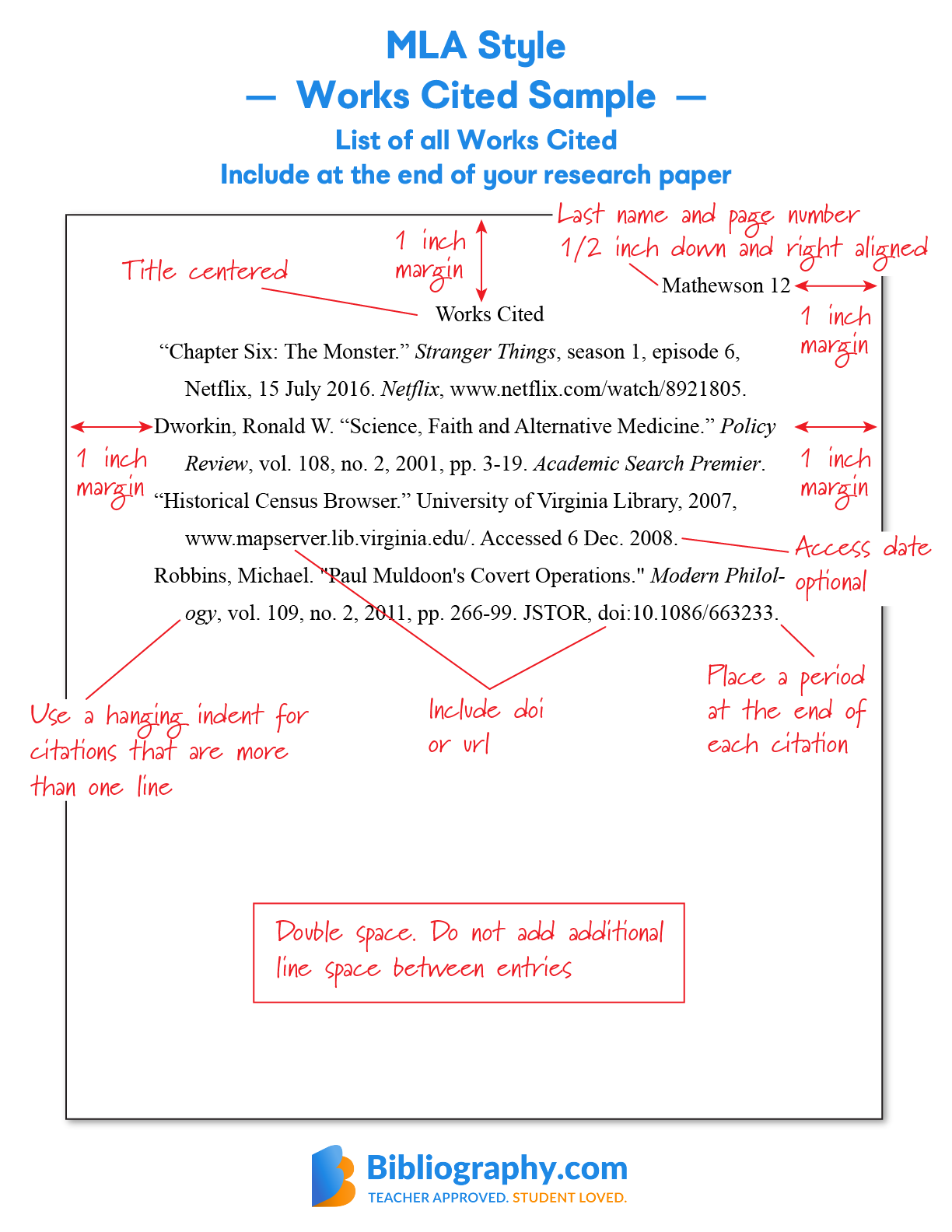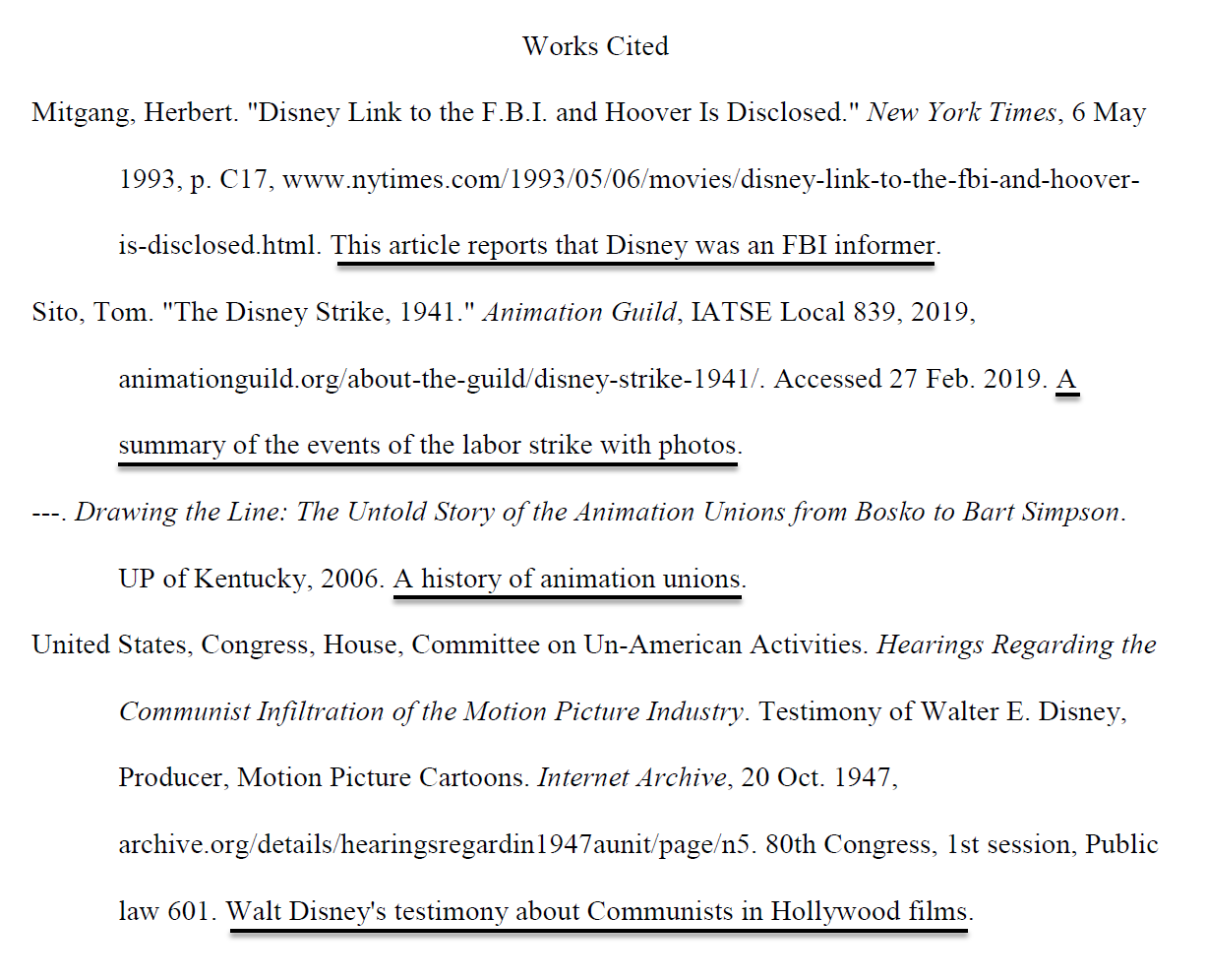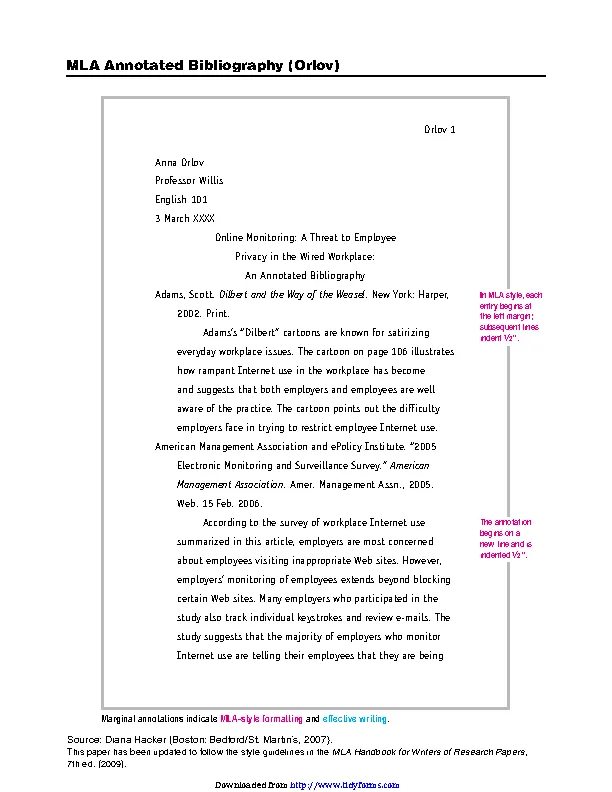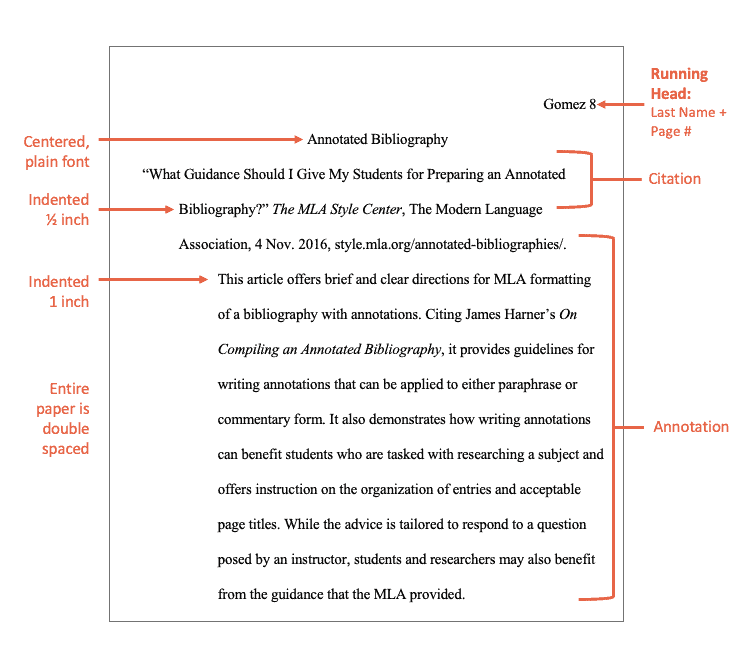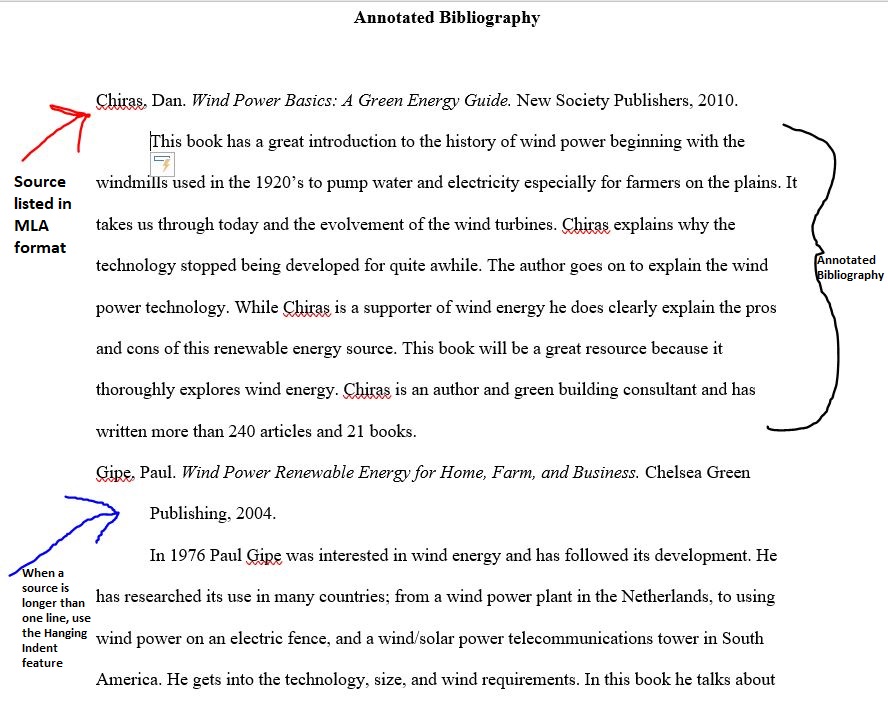An annotated bibliography is a list of sources that includes a summary and evaluation of each source. It is a useful tool for organizing and documenting research, as it allows you to keep track of the sources you have used and the insights you have gained from them. An annotated bibliography can be written in a variety of citation styles, including MLA (Modern Language Association) format. Here is a step-by-step guide on how to write an annotated bibliography in MLA format:
Choose your sources: Begin by selecting the sources you will include in your annotated bibliography. These should be sources that are relevant to your research topic and that you have used to support your arguments or conclusions.
Cite your sources: Next, you will need to properly cite each source according to MLA format. This means providing a full citation for the source in your works cited page, including the author's name, title of the source, publication information, and the medium of publication (e.g. print, online).
Write the annotation: For each source, you will need to write a short paragraph that summarizes the main points of the source and evaluates its relevance and reliability. The annotation should be around 150-200 words and should include the following elements:
- Summary: This should be a concise summary of the main points or arguments made in the source.
- Evaluation: In this section, you should provide your own analysis and evaluation of the source. This might include discussing the source's strengths and weaknesses, its relevance to your research topic, and its reliability or credibility.
- Organize and format your annotated bibliography: Once you have written your annotations, you can begin organizing and formatting your annotated bibliography. Here are some tips for how to do this in MLA format:
- Alphabetize your sources by the first word in the citation (usually the author's last name).
- Indent each annotation one inch from the left margin.
- Use double spacing throughout the annotated bibliography, including between entries and within each annotation.
- Use hanging indentation for citations, which means that the first line of the citation is flush with the left margin, and all subsequent lines are indented one inch.
An example of an annotated bibliography in MLA format might look like this:
Annotated Bibliography
Baker, Tom. "The Effects of Social Media on Society." Journal of Social Media Studies, vol. 8, no. 2, 2018, pp. 123-141.
In this article, Baker explores the ways in which social media has impacted society, both positively and negatively. He discusses the ways in which social media has changed the way we communicate, the way we access information, and the way we form and maintain relationships. Baker also considers the potential negative effects of social media, such as the spread of misinformation and the impact on mental health. Overall, this is a well-researched and balanced look at the impact of social media on society.
Jones, Samantha. "The Role of Social Media in Political Campaigns." Political Science Quarterly, vol. 12, no. 3, 2020, pp. 245-260.
Jones examines the increasing role of social media in political campaigns, looking at how candidates and political parties use platforms such as Twitter and Facebook to reach and engage with voters. She discusses the advantages and disadvantages of using social media in this way, and considers the potential impact on democratic processes. This is a useful source for anyone interested in the intersection of social media and politics.
Smith, John. "The Future of Social Media." Technology Review, vol. 20, no. 4, 2021, pp



